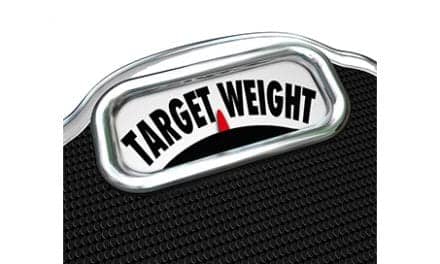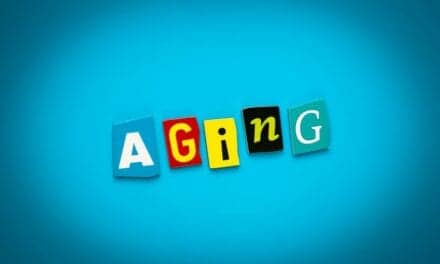Transcranial magnetic stimulation of the cerebellum paired with physical therapy helped improve gait and balance among stroke patients, according to researchers in JAMA Neurology.
After 3 weeks of repetitive, intermittent theta-burst magnetic stimulation to the cerebellum (CRB-iTBS) and physical therapy, hemiparetic patients following ischemic stroke improved their ability to walk and keep their balance more than patients who received sham stimulation and physical therapy, reported Giacomo Koch, MD, PhD, of the Santa Lucia Foundation in Rome, and colleagues, according to a media release from MedPage Today.
“For the first time, we modulated the neural activity of the cerebellum in the context of a clinical trial in patients suffering from large stroke in the territory of the middle cerebral artery,” Koch adds. “We found that cerebellar stimulation was able to improve the outcome when coupled with rehabilitation by changing the activity of neural networks connecting the cerebellum with the parietal cortex.”
Studies using non-invasive brain stimulation methods for post-stroke rehabilitation have had mixed results to date, Koch says. “But these studies mainly tried to modulate the activity of the primary motor cortex,” he points out. “Our study shows that targeting alternative networks connected with motor cortex may be a more successful strategy.”
In the trial, Koch and colleagues studied hemiparetic patients from 2013 to 2017 who had ischemic chronic stroke (at least 6 months before the study) in the territory of the contralateral middle cerebral artery. They randomly assigned patients to treatment with CRB-iTBS or sham iTBS applied over the cerebellar hemisphere, ipsilateral to the affected body side, immediately before physiotherapy daily for 3 weeks.
A total of 34 patients (mean age 64; 38.2% female) completed the study. Patients in the two groups did not differ at baseline in age, sex, lesion side, number of months from the stroke event, and stroke severity on the National Institutes of Health Stroke Scale. The procedure was well tolerated and neither group reported significant adverse effects, the release explains.
After 3 weeks, patients who received CRB-iTBS showed an improvement in gait and balance functions, while patients who received sham stimulation did not. For CRB-iTBS patients, the mean Berg Balance Scale score—the primary outcome for the study—was 34.5 at baseline, 43.4 at 3 weeks after treatment, and 47.5 at 3 weeks after the end of treatment (P<0.001), passing from a level in which patients need assistance walking to a level of independent walking, according to the researchers.
Patients treated with CRB-iTBS, but not sham iTBS, also showed a reduction of step width in gait analysis (mean 16.8 cm at baseline compared with mean 14.3 cm 3 weeks after treatment, P<0.05) and an increase of neural activity over the posterior parietal cortex as measured by a combination of TMS and electroencephalogram.
The researchers found no overall treatment-associated differences in the Fugl-Meyer Assessment of motor recovery and Barthel Index of daily living scores. Overall, the procedure was well tolerated and neither group reported significant adverse effects, per the release.
[Source: MedPage Today]





